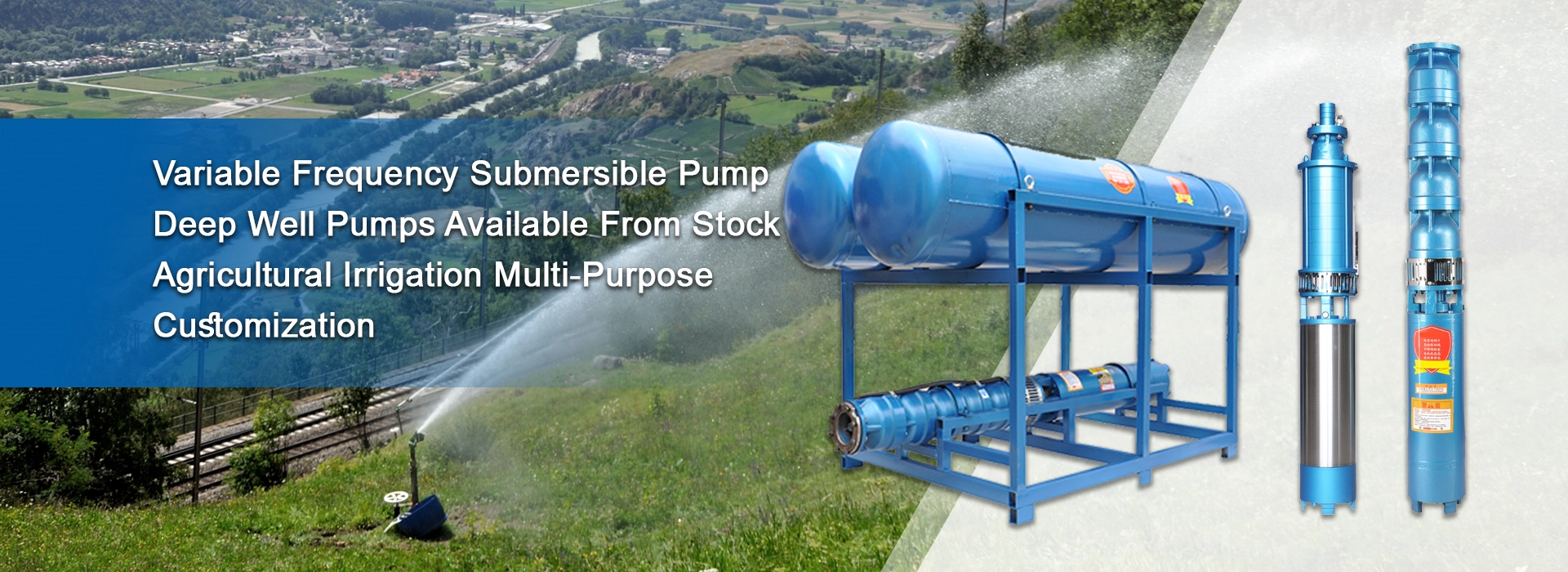Nov . 12, 2024 02:26 Back to list
how to wire a pressure switch for a submersible pump
How to Wire a Pressure Switch for a Submersible Pump
Wiring a pressure switch for a submersible pump is an essential task that can significantly affect the efficiency and operation of your water system. Whether you're establishing a new system or replacing an old switch, understanding the wiring process ensures your pump operates smoothly and effectively. This article will guide you through the steps involved in wiring a pressure switch for a submersible pump, ensuring that you can do it safely and correctly.
Understanding the Pressure Switch
A pressure switch is an electrical device that monitors the pressure of the water in your system, activating the pump when the water level drops to a certain threshold and turning it off when it reaches an optimal level. For submersible pumps, this device helps maintain consistent water pressure, preventing damage due to dry running or excessive pressure.
Tools and Materials Needed
1. Pressure Switch Choose a switch compatible with your pump’s specifications. 2. Wiring Kit This includes electrical wires and connectors suitable for outdoor use. 3. Screwdriver For connecting wires securely. 4. Wire Strippers To remove insulation from wire ends. 5. Electrical Tape To insulate connections. 6. Voltage Tester To ensure the power is off before you start working.
Step-by-Step Wiring Process
1. Turn Off Power Safety first! Before you begin, ensure that the power to the pump is turned off at the circuit breaker. Use a voltage tester to verify that there is no current flowing through the wires.
2. Choose the Right Location Position the pressure switch close to the pump for easy access. It should be installed on the pipe leading from the pump, preferably at a higher point to ensure accurate pressure readings.
how to wire a pressure switch for a submersible pump

3. Prepare the Wires Use wire strippers to remove about 1/2 inch of insulation from both ends of the electrical wires. You’ll typically be using both a hot (live) wire and a neutral wire.
4. Connect the Wires to the Pressure Switch Most pressure switches have three terminals one for the power supply (line), one for the pump (load), and one for the ground connection. - Line Terminal Connect the hot wire from your power supply to this terminal. - Load Terminal Connect the wire leading to your pump to this terminal. - Ground Terminal Connect the green or bare ground wire to the ground terminal to ensure safety.
Ensure that each wire is securely fastened under the respective terminals; loose connections can lead to malfunction or hazards.
5. Setting the Pressure Switch Before completing the installation, adjust the pressure settings on the switch based on your system’s requirements. Most switches come with screws for adjusting the cut-in and cut-out pressures. Refer to the manufacturer's instructions to set these properly.
6. Insulate Connections Once all wires are connected, use electrical tape to cover the terminals, ensuring no bare wire is exposed. This insulation helps prevent short-circuiting.
7. Final Checks Double-check all your connections and make sure there are no loose wires or exposed contacts.
8. Power Up Turn the power back on at the circuit breaker and test the system. Observe the pressure switch to make sure the pump operates according to the settings you adjusted.
Conclusion
Wiring a pressure switch for a submersible pump is an important process that requires attention to detail and safety. By following the steps outlined in this guide, you can successfully wire your pressure switch, ensuring your pump operates efficiently and reliably. Regular maintenance and monitoring of the pressure switch will also help prolong the life of your submersible pump and maintain optimal water pressure in your system. Always prioritize safety and consult with a professional if you are unsure about any part of the process. Happy wiring!
-
Submersible Water Pump: The Efficient 'Power Pioneer' of the Underwater World
NewsJul.01,2025
-
Submersible Pond Pump: The Hidden Guardian of Water Landscape Ecology
NewsJul.01,2025
-
Stainless Well Pump: A Reliable and Durable Pumping Main Force
NewsJul.01,2025
-
Stainless Steel Submersible Pump: An Efficient and Versatile Tool for Underwater Operations
NewsJul.01,2025
-
Deep Well Submersible Pump: An Efficient 'Sucker' of Groundwater Sources
NewsJul.01,2025
-
Deep Water Well Pump: An Efficient 'Sucker' of Groundwater Sources
NewsJul.01,2025
-
 Submersible Water Pump: The Efficient 'Power Pioneer' of the Underwater WorldIn the field of hydraulic equipment, the Submersible Water Pump has become the core equipment for underwater operations and water resource transportation due to its unique design and excellent performance.Detail
Submersible Water Pump: The Efficient 'Power Pioneer' of the Underwater WorldIn the field of hydraulic equipment, the Submersible Water Pump has become the core equipment for underwater operations and water resource transportation due to its unique design and excellent performance.Detail -
 Submersible Pond Pump: The Hidden Guardian of Water Landscape EcologyIn courtyard landscapes, ecological ponds, and even small-scale water conservancy projects, there is a silent yet indispensable equipment - the Submersible Pond Pump.Detail
Submersible Pond Pump: The Hidden Guardian of Water Landscape EcologyIn courtyard landscapes, ecological ponds, and even small-scale water conservancy projects, there is a silent yet indispensable equipment - the Submersible Pond Pump.Detail -
 Stainless Well Pump: A Reliable and Durable Pumping Main ForceIn the field of water resource transportation, Stainless Well Pump has become the core equipment for various pumping scenarios with its excellent performance and reliable quality.Detail
Stainless Well Pump: A Reliable and Durable Pumping Main ForceIn the field of water resource transportation, Stainless Well Pump has become the core equipment for various pumping scenarios with its excellent performance and reliable quality.Detail
